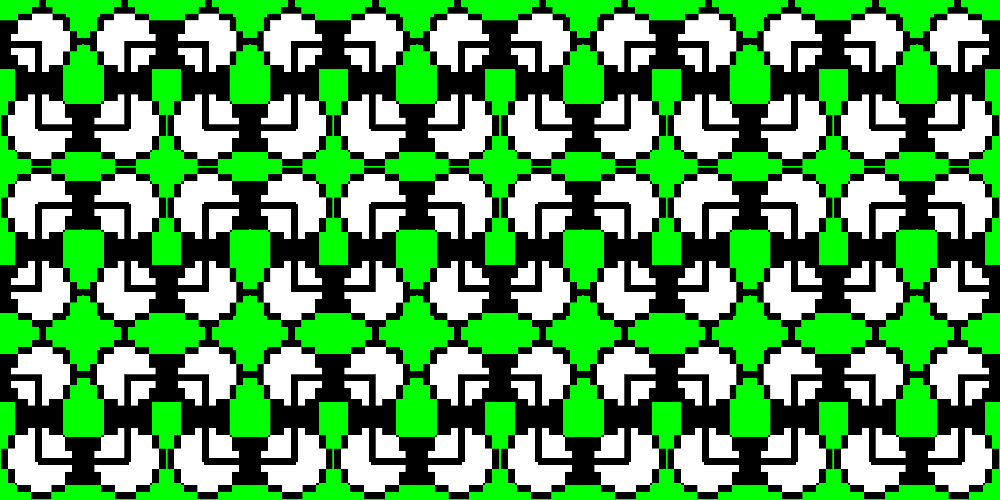A less popular and more abstract interpretation is the wheelchair of Stephan Hawking, which can be operated with mere eye movements.
This is crucial for people with diseases like ALS who become increasingly more paralysed, because eye muscles are the least affected by it.
Devices that can function with such limited inputs like a twitching muscle enable even the least mobile to physically interact with the outside world.
This presents patients — and the aging population or the victims of accidents — with a wider spectrum of career paths like drone pilots, which are in increasing demand.
OriHime-D is one such device. A remotely controlled robot also referred to as "avatar" and "second body".
They have been tested in cafes and there are already 36,649 applications from disabled people to become city volunteers.
"For a human being, it's important that someone needs you. But eventually our bodies stop working", says Kentaro Yoshifuji, CEO and Co-founder of Ory Lab, the company behind OriHime.
AI remains widely misunderstood in that it is quite far from being able to replace just any job. Nonetheless, for people to whom the majority of career paths are more susceptible to being automated — especially given their already limited options — the possibility of computer scripts or androids taking over is far more scary.
Conclusion
That hidden booth in the corner might be small and only come with a rather intangible blueprint, but it's there where you find the game changers. There are completely new concepts out there. Ones that don't just slightly tweak an algorithm.


